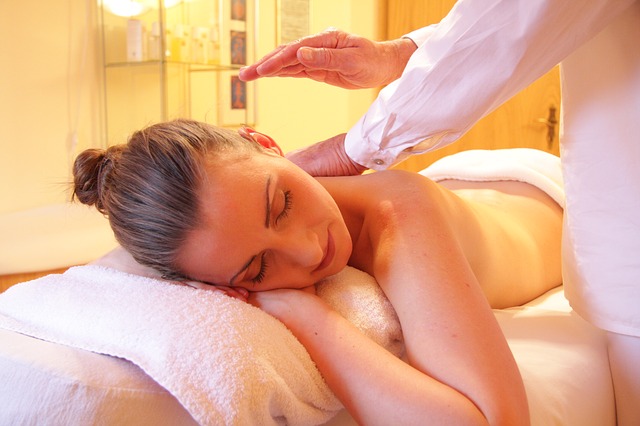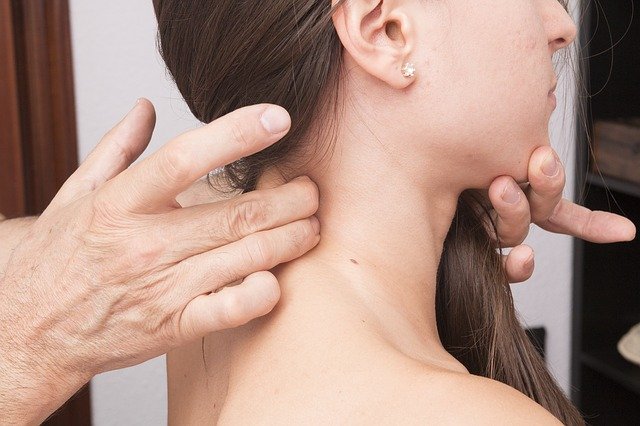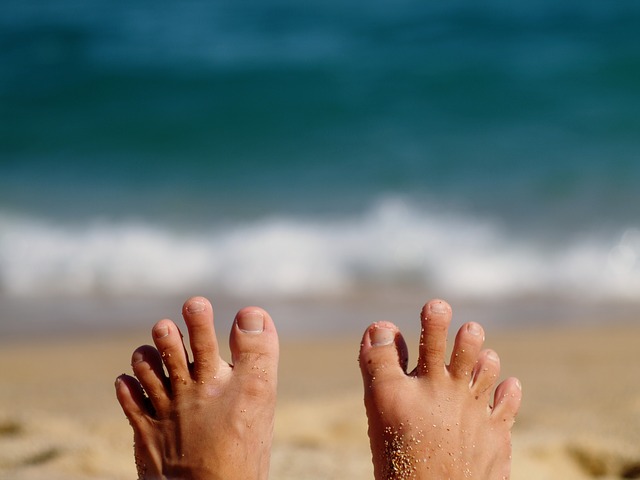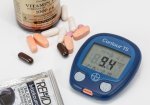Blood Pressure Relaxation Techniques Explored

Blood pressure relaxation techniques are effective in lowering blood pressure. Science shows this. These techniques are gathering interest and usage globally due to the persisting concerns about blood pressure medication side effects.
Virtually all pharmaceutical blood pressure drugs have discomforting side effects ranging from mild to severe which include life style disorders such as impotence in men.
Blood pressure side effects are responsible for high rates of non-compliance in taking medication and in other cases outright medication discontinuation among hypertensive people.
As a way of running away from these problems, an increasing number of individuals are using natural blood pressure remedies such as herbs, other plants and vegetables to controlling blood pressure free of the side effects. This approach goes well with blood pressure relaxation therapies listed here.
Several studies have confirmed a variety of available blood pressure relaxation techniques as effective in reducing blood pressure. Relaxation therapy is considered a promising intervention among a variety of available psychosocial blood pressure treatments.
The following are some hypertension relaxation therapies used in managing blood pressure. We have put together the following list on the strength of what has come out of peer reviewed scientific studies showing the effect of each technique on blood pressure readings.

Blood Pressure Relaxation Techniques: Autogenic Training
Autogenic training (AT) is a blood pressure relaxation technique that uses self-hypnosis. It's a technique that is used to give your body commands verbally expecting relaxation and stress relief.
Individuals interested in practicing AT must undergo training and have the patience to train for 4 to 6 months in order to master 6 exercises involved in the therapy. Autogenic training once mastered can be done at home by the trained individuals.
Apart from high blood pressure, it is a therapy that is used to treat a wide range of health problems such as racing heart and irregular heartbeat.
According to WebMD , the mechanism that makes AT effective is yet to be fully understood. However, its effects are measurable.
A 1996 study published by Perceptual and Motor Skills carried by Sage Journals concluded that AT is an effective first line treatment of individuals with excessive circadian blood pressure amplitude.
In the study 10 patients suffering from hypertension were monitored over a period of 1 to 2 months. The patients practiced autogenic training three times per day over the period. Study results showed that the circadian double amplitude of systolic blood pressure in the patients had reduced by between 3 to 17 mm Hg lower.
This investigation confirmed the effectiveness of autogenic training as a blood pressure relaxation technique. Excessive circadian blood pressure amplitude increases the risk of ischemic stroke or kidney disease or damage.

Transcendental Meditation (TM)
Transcendental meditation is promoted as the therapy for inner peace and wellness. In essence TM is a meditation technique which aims to avoid distracting thoughts and promoting relaxed awareness in the practicing individual.
Originating in India and coming to the United States in the 1960s, TM has an army of certified teachers in North America. Unlike autogenic training, TM is reputed for its very short learning curve were individuals can start practicing in a matter of days vs weeks.
As a blood pressure relaxation technique, it derives its power from the ability to deliver inner peace and a state of being stress free. This itself is not surprising as there is an already explored correlation between anxiety and high blood pressure, for example.
A study published in the American Journal of Hypertension in March 2008 concluded that regular transcendental meditation can reduce both systolic blood pressure (top number) and diastolic blood pressure (bottom number) by between 4.7 mm Hg and 3.2 mm Hg respectively.
Other studies have already shown that a marginal drop in blood pressure values translates to a significant reduction in risk of cardiovascular disease and events such as stroke and heart attack.

Biofeedback
Biofeedback is among a list of blood pressure relaxing techniques that are widely used today. It is a blood pressure therapy that involves controlling certain involuntary body functions such as heart rate, muscle tension, skin temperature and blood pressure.
The technique involves the use of certain equipment such as electromyography (EMG) and electroencephalography (EEG) to aid in achieving the desired results. There is a strong correlation between stress and conditions that are remedied by biofeedback. High blood pressure is one of them. As is the case with other blood pressure relaxing techniques, researchers are not sure why biofeedback works.
In 2001, the journal of Applied Nursing Research investigated the effect of biofeedback in hypertension patients and concluded that biofeedback significantly reduced both systolic and diastolic blood pressure levels. The study was focused on the treatment of stages 1 and 2 essential hypertension using this therapy.
Systolic blood pressure fell by 6.7 mm Hg whilst and diastolic blood pressure reduced by 4.8 mm Hg. In this particular investigation, biofeedback seemed to have done more on systolic blood pressure than diastolic blood pressure.
However, a contradicting study published in The Journal of Hypertension in 2010 found no convincing evidence of biofeedback helping to control essential hypertension. Nevertheless, biofeedback remains a widely practiced blood pressure relaxing technique.

Progressive Muscle Relaxation (PMR)
Progressive muscle relaxation is one of the most effective blood pressure relaxation techniques. The practicing individual slowly tenses and then relaxes different muscles in the body.
Approaches may differ, however one way is to start by tensing and relaxing muscles in the toes going up all the way to the neck and head. The exercise typically takes 15 to 20 minutes and may also be practiced by children.
A 2003 study published in the journal Nursing Holistic Practice, provided some of the most compelling evidence to date on the effectiveness of PMR in reducing blood pressure in practicing individuals suffering from essential hypertension.
A Taiwanese sample of 20 participants had both systolic and diastolic blood pressure values falling immediately on implementing progressive muscle relaxation exercises. Pulse rate reduced to 2.35 beats/min, systolic blood pressure fell by 5.44 mm Hg and diastolic blood pressure reduced by 3.48 mm Hg.
After four weeks of practicing PMR at home daily, further decreases in pulse rate and blood pressure were experienced as follows. Pulse rate feel to 2.9 beats/min, systolic blood pressure to 5.1 mm Hg, and diastolic blood pressure to 3.1 mm Hg.
The mechanism behind PMR is that it reduces the individual's perception of stress and enhances their perception of health. It has a psychological role to play in overall health benefits.

|
Alcohol and Blood Pressure |
Return to Hypertension Medications from Blood Pressure Relaxation Techniques
Return to Hypertension Home Page from Blood Pressure Relaxation Techniques
Disclaimer
Information contained on this website is not meant to replace your doctor's advice.
(c) All Rights Reserved. 2010-2018

You have probably been to a dentist and found out the Dr plays soft melodies whilst attending to your bad tooth. Music has health benefits some of which is reduced heart rate and blood pressure reduction both systolic and diastolic. This is according to a 2012 investigation in the Indian Heart Journal. Music was found to be beneficial to blood pressure just before surgery and in the ICU.

There are necessarily a few considerations to make when looking for the best blood pressure relaxation technique that suits you. This may as well be for any objective and not only blood pressure reduction.
- Relaxation exercises such as meditation, deep breathing, and guided imagery among others are good for individuals who tend to become angry or agitated
- People who get depressed or withdrawn should consider rhythmic exercises or a massage

